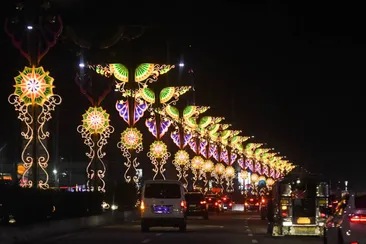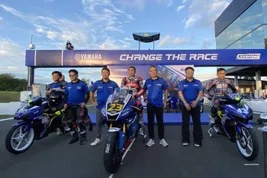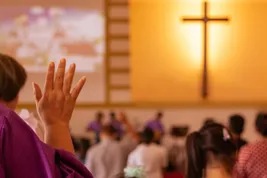ABS-CBN Official Website | Leading Entertainment and News Network | ABS-CBN
ADVERTISEMENT

Welcome, Kapamilya! We use cookies to improve your browsing experience. Continuing to use this site means you agree to our use of cookies. Tell me more!
LIVE UPDATES
LIVE UPDATES
Regions
Super Typhoon Yolanda victims remember day Pope Francis brought hope
Super Typhoon Yolanda victims remember day Pope Francis brought hope
Fourteen months after the deadliest storm in Philippine history, Pope Francis stood on a rain-swept stage to deliver a message of hope to the battered town of Tacloban.
Editors' Picks
Editors' Picks
ADVERTISEMENT
Latest Videos
Latest Videos
ADVERTISEMENT
Latest News
Latest News
ADVERTISEMENT
ADVERTISEMENT
ADVERTISEMENT














































